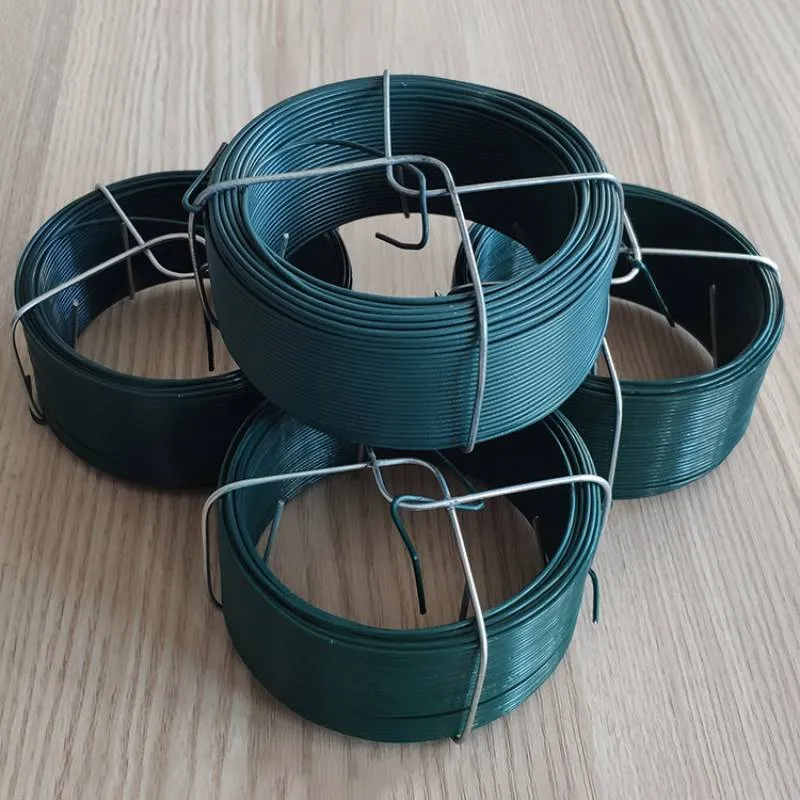-
 Phone:
Phone: -
 Email:
Email:

barbed wire fence cost
Understanding the Cost of Barbed Wire Fences
When it comes to securing property or marking boundaries, barbed wire fences have long been a popular choice. They are particularly favored in agricultural settings, industrial sites, and rural properties due to their durability, low maintenance needs, and cost-effectiveness. However, understanding the costs associated with barbed wire fences can be essential for budgeting and planning purposes.
Initial Cost Breakdown
The cost of installing a barbed wire fence can vary widely based on several factors, including the type of barbed wire selected, the terrain where it will be installed, and local labor rates. On average, you can expect to pay between $1 to $3 per linear foot for basic materials. This price usually covers the cost of the barbed wire itself, along with essential components like posts, tension wires, and any necessary hardware.
For a standard 5-strand barbed wire fence, the core materials may include
- Barbed Wire Usually sold in rolls, the price may range from $0.10 to $0.50 per foot. - Fence Posts Wooden posts can cost around $3 to $6 each, while metal posts might be slightly more affordable but vary in price depending on quality. - Concrete for Post Setting If opting for concrete footings, expect to pay another $5 to $10 per post for concrete and labor. - Additional Accessories Clips, tension wires, and gate installations may add an extra $1 to $2 per foot.
Labor Costs
Labor costs can significantly impact the overall expense of installing a barbed wire fence. If you handle the installation yourself, you can save a substantial amount, but this option requires physical labor and time. Hiring professional fence installers can cost between $30 to $80 per hour, depending on their experience and regional pricing. For an average-sized property, labor alone can add several hundreds to thousands of dollars to the budget, depending on the project’s scope.
barbed wire fence cost

Additional Considerations
1. Terrain Challenges If your land features rocky terrain or dense vegetation, expect to encounter higher installation costs. Difficult ground conditions may require special equipment or additional labor, which can increase expenses.
2. Length of the Fence The more extensive the fence’s perimeter, the lower the cost per linear foot, as bulk purchases of materials often come with discounts. However, the overall budget needs to consider the total linear footage required.
3. Maintenance Over Time While barbed wire fences are relatively low-maintenance, occasional upkeep is still necessary. Factors like rusting, warping, or wear over time can incur costs for repairs or replacements as necessary.
4. Local Regulations Always check local building codes and zoning laws that may influence the installation of fencing. Some areas may require permits or have specific requirements for the type of fencing material used.
Conclusion
In summary, while barbed wire fences remain an economical and effective fencing solution, several factors can influence their total cost. From material and labor to terrain conditions and maintenance, taking a comprehensive look at these elements will help you make informed decisions. Whether you are protecting livestock, enclosing fields, or marking property lines, understanding the financial implications of barbed wire fences can help ensure that you stay within your budget while effectively securing your property.
-
Wire Mesh for Every Need: A Practical SolutionNewsJul.25,2025
-
Steel Fences: Durable, Secure, and Stylish OptionsNewsJul.25,2025
-
Roll Top Fencing: A Smart Solution for Safety and SecurityNewsJul.25,2025
-
Cattle Farm Fencing Solutions for Maximum SecurityNewsJul.25,2025
-
Affordable Iron Binding Wire SolutionsNewsJul.25,2025
-
Affordable Galvanized Wire SolutionsNewsJul.25,2025
-
Wire Hanger Recycling IdeasNewsJul.25,2025








